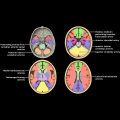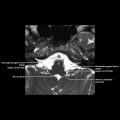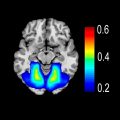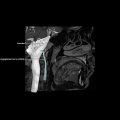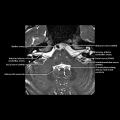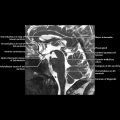div style=”display:none;”>
Language Network
Main Text
TERMINOLOGY
Definitions
IMAGING ANATOMY
Overview
Broca Area
Wernicke Area
Default Mode Network
Auditory Cortex
Visual Cortex
Accessory Inferior Temporal and Occipital Language Regions
Language Network

